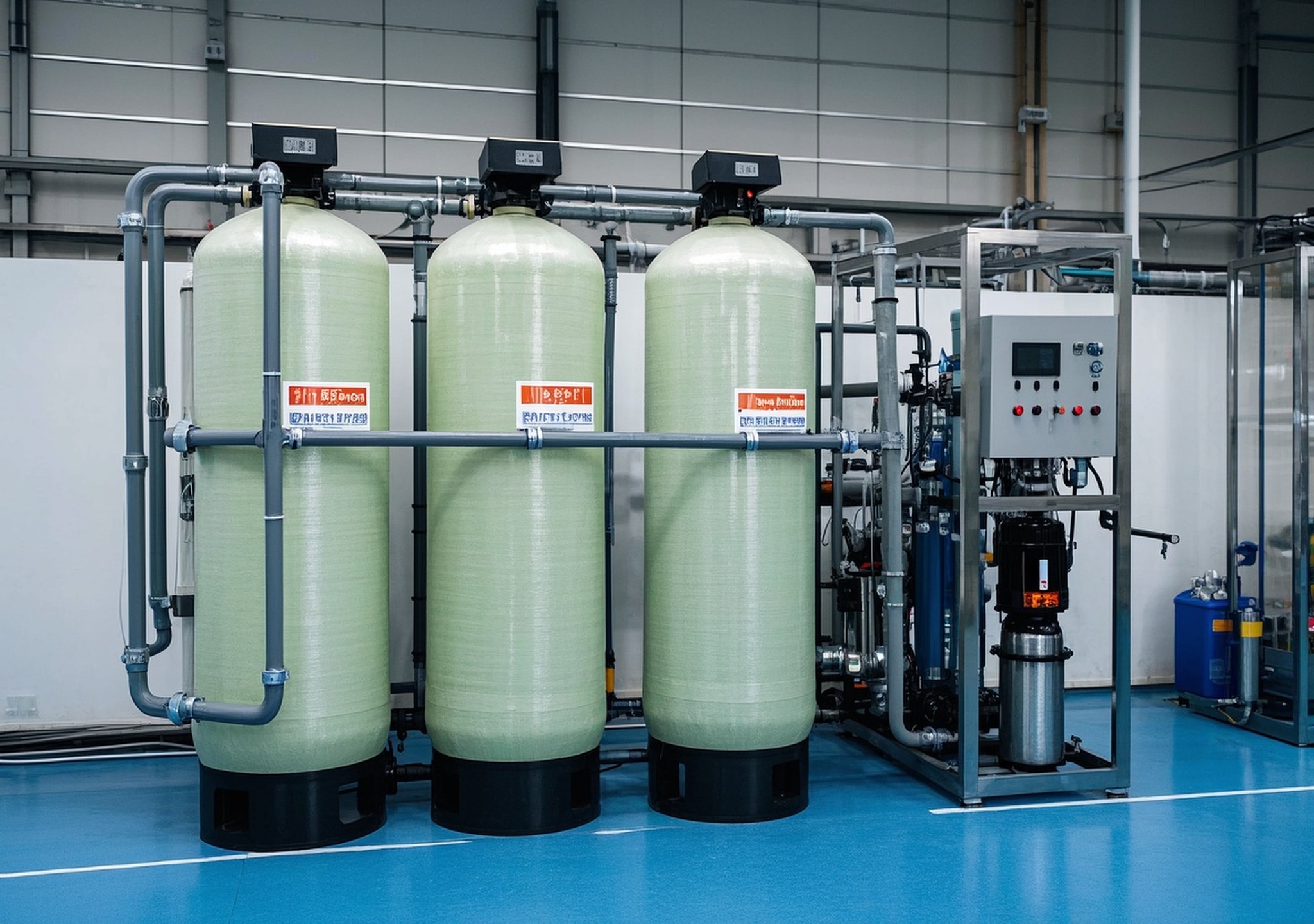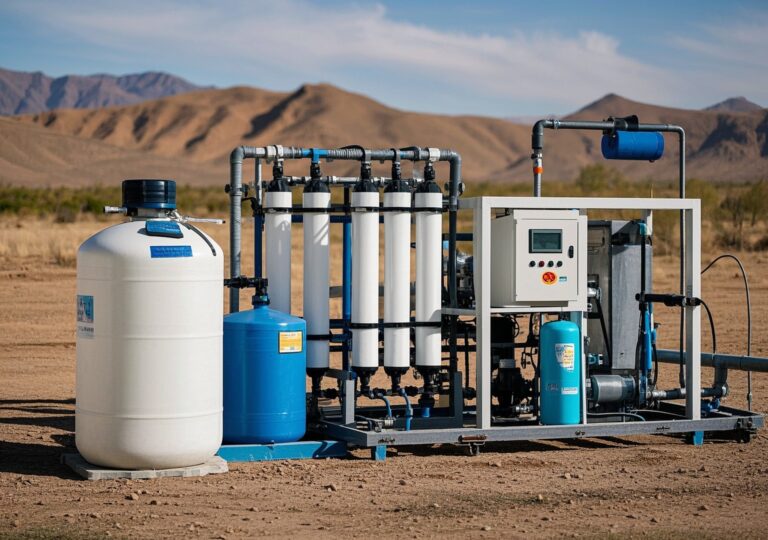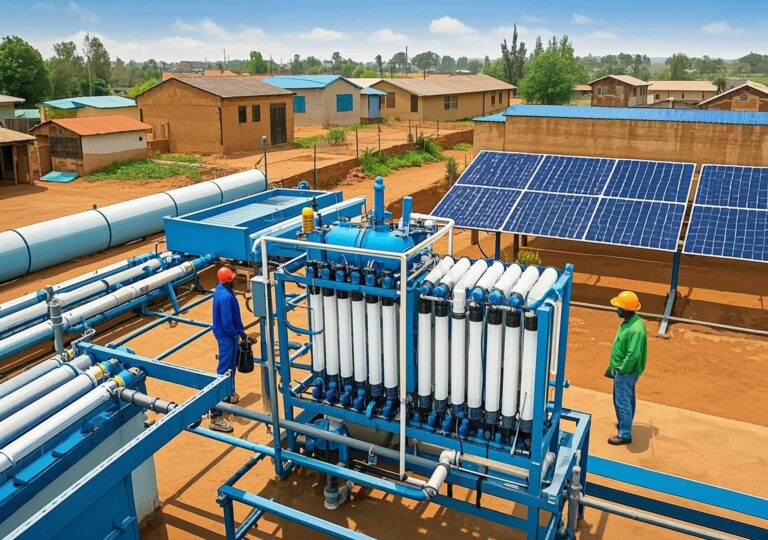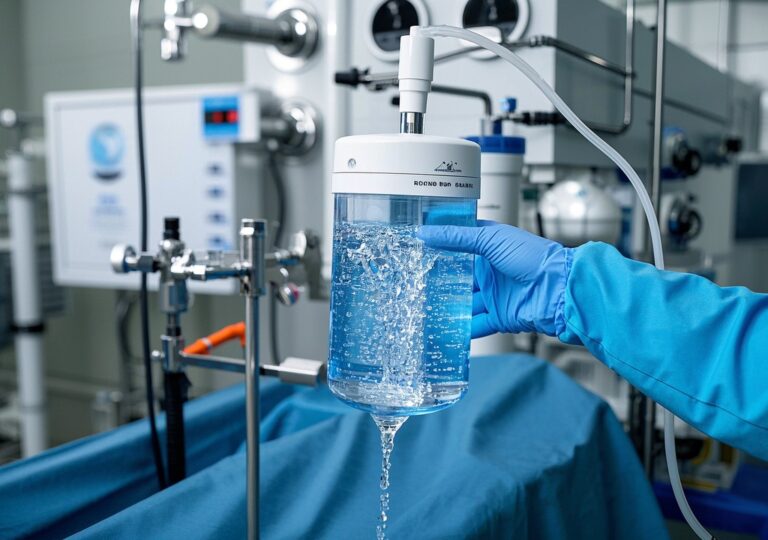Behind the Scenes: Reverse Osmosis System Meets Industrial Challenge

Behind the Scenes: Reverse Osmosis System Meets Industrial Challenge
In today’s fast-evolving industrial landscape, the demand for reliable, efficient, and environmentally responsible water treatment solutions has never been higher. Industrial facilities worldwide face growing challenges posed by hard water, scaling, corrosion, and stringent regulations on water reuse. As a result, sophisticated systems such as water softener and reverse osmosis system combinations have become indispensable. This article delves into the manufacturing intricacies, application scenarios, and industry outlook for these systems, providing comprehensive insights valuable to procurement specialists and technical decision-makers.
1. Industrial Water Treatment: Company & Industry Context
Manufacturers specializing in industrial water treatment systems operate at the intersection of environmental stewardship and engineering innovation. Their core mission is to deliver scalable, robust solutions that address water hardness, dissolved solids, microbial contamination, and corrosive elements impacting critical infrastructure. Industrial water softening is crucial not only for protecting machinery but also for improving energy efficiency and reducing operational downtime, particularly in heavy industries such as power generation, chemical processing, and food production.
There is an increasing focus on sustainability and regulatory compliance, prompting manufacturers to invest heavily in research and development (R&D) aimed at optimizing performance while minimizing environmental footprint. This responsibility extends beyond products to include green manufacturing protocols and circular economy principles. The collective growth of industrial water softening systems globally—projected to escalate from $13.9 billion in 2025 to roughly $25.5 billion by 2035 with a CAGR of 6.2%—reflects the vital role these companies play in addressing current and future demands (source: Future Market Insights, Water Softening Systems Market Size & Trends 2025 to 2035).
2. Product Series Overview: Engineering Excellence Across Technologies
2.1 Dual-Tank Water Softening Systems
At the forefront are dual-cylinder softening units that ensure uninterrupted operation by regenerating one resin tank while the other remains active. This design is pivotal for continuous industrial processes where downtime can cause significant economic loss. Typical specifications include high-capacity ion exchange resins, programmable regeneration cycles, and scalable flow rates ranging from thousands to hundreds of thousands of gallons per day.
Industries such as textile manufacturing and municipal water utilities benefit enormously from such systems, which drastically reduce scaling and extend equipment life. The technical sophistication also allows seamless integration with pre- and post-treatment stages.
2.2 Reverse Osmosis (RO) Systems for Industrial Use
Reverse osmosis technology relies on semi-permeable membranes and applied pressure to achieve high-purity water separation. Unlike classical desalination, RO in industrial setups utilizes modular, energy-efficient designs that consume less power and occupy minimal footprint. Common applications range from boiler feedwater preparation to wastewater recycling operations.
Membrane elements are engineered to withstand harsh feedwater conditions, with automated controls monitoring parameters such as pressure differential, recovery rate, and fouling tendencies. The modular design facilitates rapid installation and scalability tailored to varying production volumes.
2.3 Ultrafiltration and Electrodeionization (EDI) Systems
For industries demanding ultra-pure water—pharmaceuticals, microelectronics manufacturing, and laboratory services—ultrafiltration and EDI units serve complementary roles alongside water softening and RO systems.
Ultrafiltration removes particulates and microbiological contaminants, enhancing membrane life downstream. Electrodeionization then polishes RO permeate by continuous ion removal without chemical regenerants, creating an advanced water treatment train that surpasses traditional methods in purity and operational efficiency.
2.4 Pre-Treatment and Conditioning Water Systems
Effective pre-treatment is vital to optimize downstream RO and softening performance. Technologies include multimedia filtration, chemical dosing (antiscalants, biocides), and pH adjustment units designed with real-time monitoring and remote management capabilities. Such solutions mitigate fouling, scaling, and microbial proliferation, thereby reducing operational costs and extending asset longevity.
3. Technical Innovations Driving Competitive Advantages
Manufacturers leverage proprietary membrane materials, smart control algorithms, and IoT-enabled diagnostics to elevate system reliability and sustainability.
| Feature | Traditional Systems | Advanced Integrated Systems |
|---|---|---|
| Energy Consumption | High (due to inefficiencies and manual control) | Low (optimized pumps, variable-speed drives, energy recovery devices) |
| Water Recovery Rate | 60-70% | Up to 85-90% |
| Footprint | Large, bulky setups requiring extensive space | Compact, modular units for easier installation |
| Automation | Limited or manual control | Full automation with remote access and predictive maintenance |
| Environmental Impact | Chemical usage and waste generation | Reduced chemical footprint and optimized waste management |
The advantage of these innovations is twofold: operational cost savings and further alignment with corporate sustainability targets. The implementation of continuous softening via dual-tank configurations combined with integrated RO stages assures high-quality water supply without interruption, a critical factor in complex industrial ecosystems.
4. Industry Positioning & Market Outlook
Regions such as Africa, Southeast Asia, South America, and parts of Asia represent high-growth markets due to expanding industrial infrastructures and growing urbanization. These areas face acute challenges related to hard water conditions and wastewater disposal regulations, heightening demand for advanced water treatment systems.
Leading industrial water treatment equipment manufacturers are also influential contributors to international standards, ensuring system interoperability, safety, and performance benchmarks are met globally. Market studies forecast continued acceleration in demand, driven by industrial decentralization and stricter environmental legislation.
5. Manufacturing & R&D Capability
Modern production facilities emphasize automation, quality control, and modular assembly lines that reduce lead times and improve consistency. State-of-the-art labs and pilot plants support R&D teams in developing next-generation membranes, sensors, and control software. Industry partnerships with universities and government agencies foster innovation ecosystems that expedite technology transfer from concept to commercial deployment.
Efficient supply chains are integral, guaranteeing rapid availability of spare parts and technical support worldwide—a critical aspect supporting the uptime requirements in mission-critical industrial operations.
6. Client Success Stories & Application Examples
From my direct experience, an integrated water softener and reverse osmosis system deployed at a large-scale chemical manufacturing facility in Southeast Asia achieved a 30% reduction in boiler downtime over 12 months, translating into $500,000 in annual savings. This was accomplished through improved scale control and enhanced water purity.
In another case at a South American food processing plant, seamless automation of water softening coupled with phased reverse osmosis delivery optimized water recovery rates by 15%, supporting the company’s sustainability targets and significantly lowering freshwater withdrawal.
7. Commitment to Environmental Sustainability
Our industry is increasingly committed to green manufacturing and circular water use. Systems are designed to minimize chemical regenerant consumption and enable wastewater reclamation for non-potable reuse. These efforts reduce nutrient loading in local ecosystems and conserve precious freshwater resources, demonstrating a genuine environmental stewardship ethic.
8. Getting in Touch & Next Steps
For industries operating in challenging water contexts, selecting the right combination of water softener and reverse osmosis system is critical for operational success and regulatory compliance. Potential clients and technical teams are encouraged to consult with equipment specialists to tailor solutions precisely aligned with site-specific water quality and process demands.
Contact options include:
- Online consultation portals and virtual site surveys
- Technical workshops and webinars for procurement officers and end-users
- On-site pilot demonstrations and post-installation support agreements
By forging close collaboration early in the project lifecycle, industrial players can ensure sustainable, cost-effective outcomes and secure long-term water integrity.
References
- Future Market Insights – “Water Softening Systems Market Size & Trends 2025 to 2035”
- Jane Kucera, “Reverse Osmosis: Industrial Processes and Applications” (3rd Edition, 2023)
- Association of Water Technologies (AWT)




